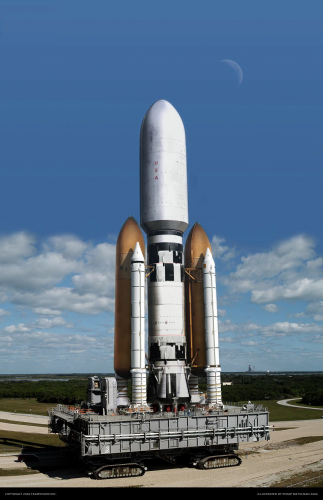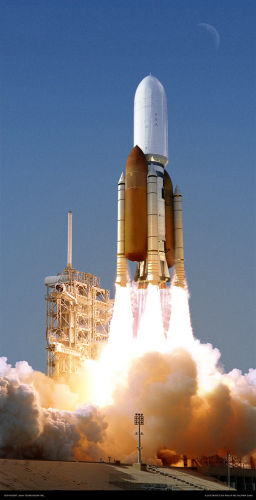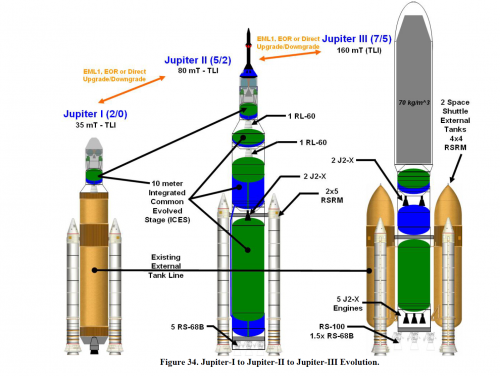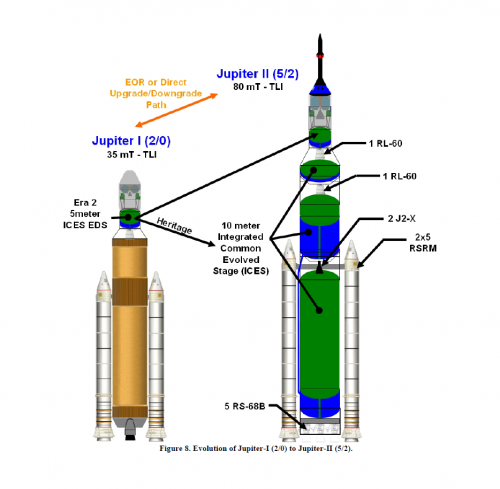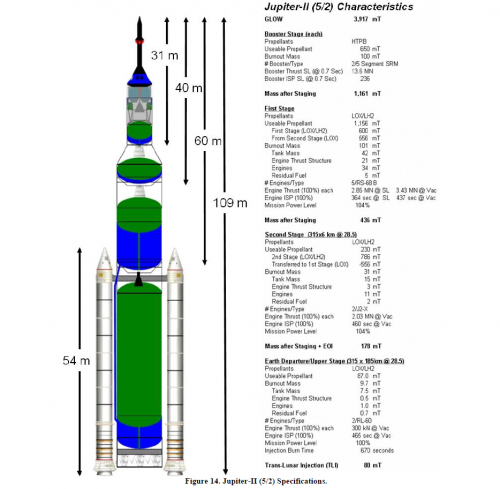Jupiter III launch vehicle from TeamVision from 2006 rendered by Philip Metschan.
http://www.teamvisioninc.com/downloads/AIAA-2006-7517-146.pdf
Is this the same thing as DIRECT 1.0?
How does this launch vehicle compare to Zubrin's Mars Direct launch vehicle that was also named Ares?
Updated images later in this topic.
http://www.teamvisioninc.com/downloads/AIAA-2006-7517-146.pdf
Is this the same thing as DIRECT 1.0?
How does this launch vehicle compare to Zubrin's Mars Direct launch vehicle that was also named Ares?
Updated images later in this topic.

